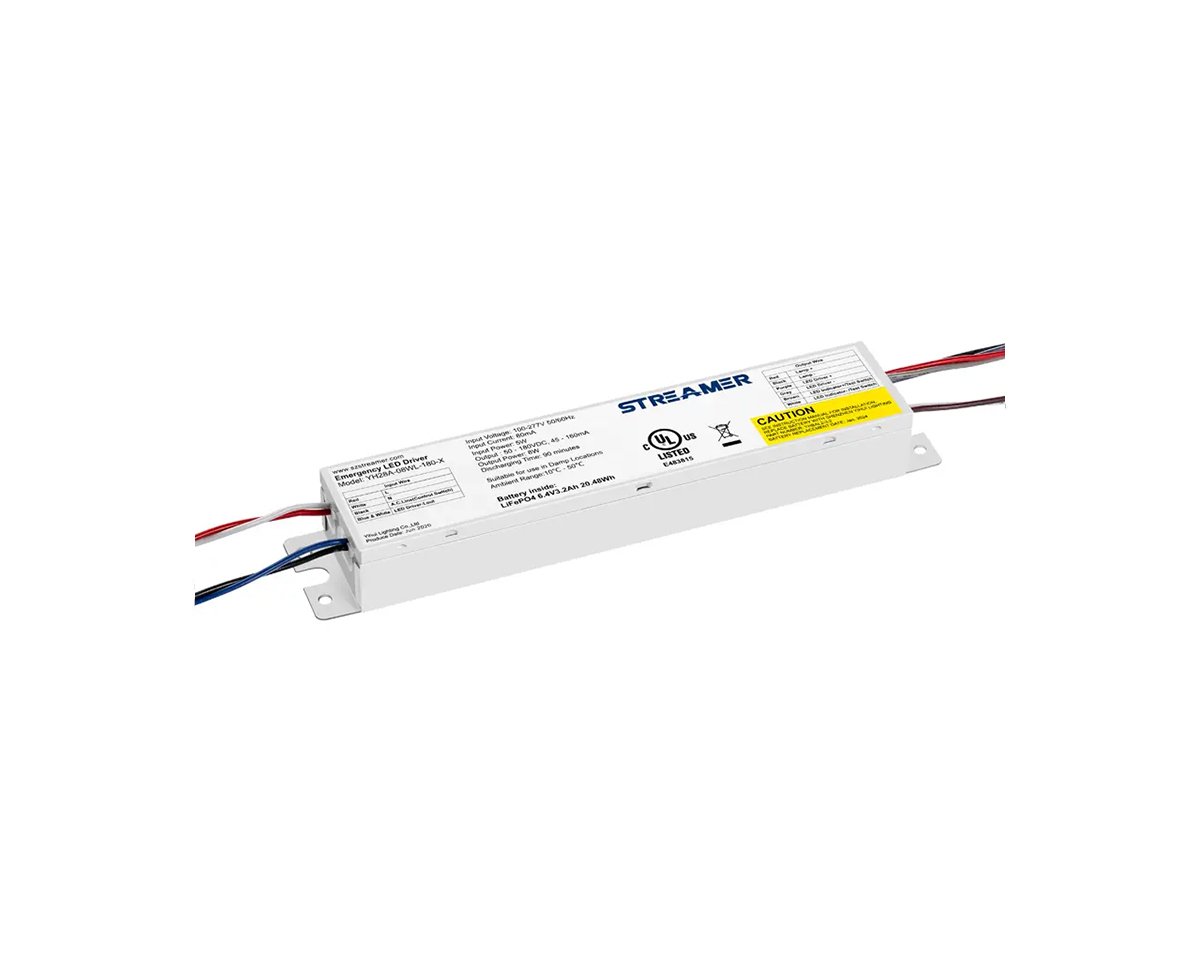 1
1
 Jun 06, 2025
Jun 06, 2025

The low-power standby mode of LED emergency converters is a vital feature that balances energy efficiency with the readiness to provide reliable emergency lighting. In this mode, the converter consumes minimal power while remaining in a state of constant readiness to activate during a power outage or emergency situation.
During normal operation, when there is a stable power supply, the LED emergency converter enters the low-power standby mode. In this state, the main components of the converter, such as the LED lights and the power conversion circuitry, are in a low-energy state. The LED lights are either turned off completely or operate at a very low brightness level, consuming only a fraction of the power they would use during full operation. The power conversion circuitry also reduces its power consumption by optimizing the internal processes and reducing unnecessary electrical activity.
The low-power standby mode is achieved through advanced power management techniques. For example, some converters use intelligent power regulators that can adjust the power supply to different components based on their actual needs. When the converter detects that there is no immediate need for emergency lighting, it reduces the voltage and current supplied to the LED drivers and other non-essential components. Additionally, sleep modes and power - down states are implemented in the microcontroller and other integrated circuits within the converter. These modes allow the components to enter a low-energy state while still being able to wake up quickly when an emergency signal is received.
One of the key advantages of the low-power standby mode is energy savings. By consuming minimal power during normal operation, LED emergency converters can reduce the overall energy consumption of a building. This not only helps in reducing electricity bills but also contributes to environmental sustainability by minimizing carbon emissions. For large buildings with numerous emergency converters, the cumulative energy savings can be significant over time.
Another important aspect is the impact on battery life. Since the converter is in a low-power state, the battery is not constantly being drained. This extends the lifespan of the battery and reduces the frequency of battery replacements. A longer battery life means less maintenance work and lower maintenance costs for facility managers. Moreover, it ensures that the battery will be in good condition and ready to power the emergency lighting when an actual power outage occurs. The low-power standby mode of LED emergency converters is a crucial feature that combines energy efficiency, cost - effectiveness, and reliable emergency readiness.